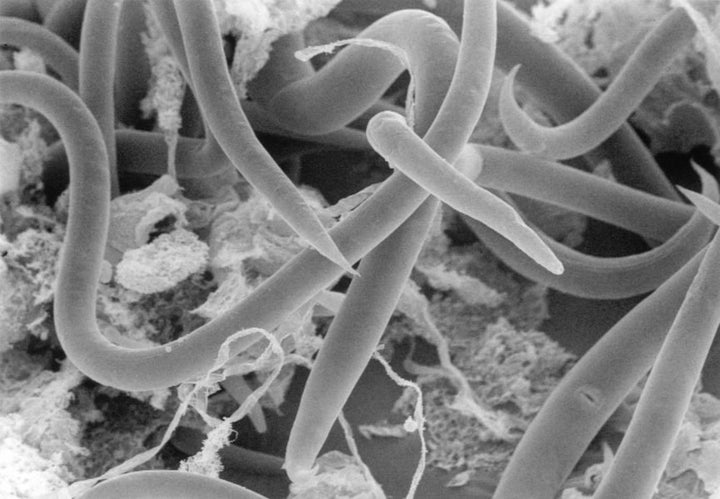A worm has astonished scientists by coming back to life after being frozen to its very core, rivalling even the phoenix’s reputation for regeneration under extreme temperatures.
Researchers cultured the tiny nematode, known as a round worm, from a coastal rookery in the Antarctic, before subjecting it to a deep freeze that reached all the way down to its cells.
As the temperature plummeted, the nematode began to expel water from its body through a rare form of evaporation called cryoprotective dehydration, the study reveals.

But that’s not the nematode’s only party trick. What really sets the invertebrate apart is a set of genes which lets it remain “molecularly active” even when the cells are frozen.
“This Antarctic nematode is an extraordinary model for cold tolerance studies with its two adaptive strategies for surviving extreme low temperature conditions,” said Michael Thorne, a computational biologist at the British Antarctic Survey.
“No other organism that we know of is able to withstand freezing in its cells with as good a survival rate. Once thawed from such a state it is able to produce offspring.”
The study, which was published in the journal Cryobiology, is the first to investigate the impact of freezing at the molecular level of an animal capable of coming back from a deep freeze. But it’s not the first to look at how animals’ genetics can help them survive extreme conditions.
In August, researchers at the University of Tokyo found that tardigrades, widely considered to be the world’s toughest animal, could survive freezing, boiling and radiation thanks to a protective protein which covers their DNA.
It’s hoped the discovery could one day lead to more effective protection against radiation like X-rays or UV light. Long live the indestructible invertebrates.
